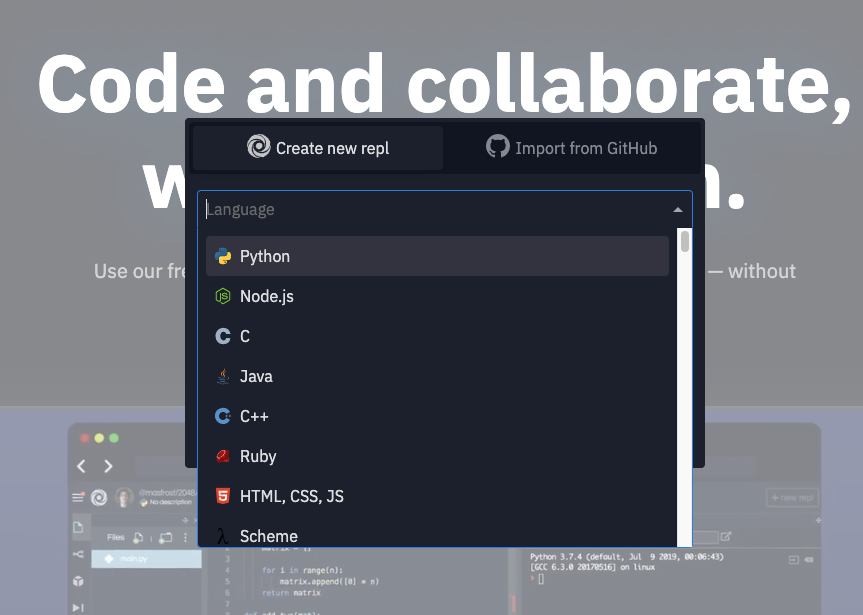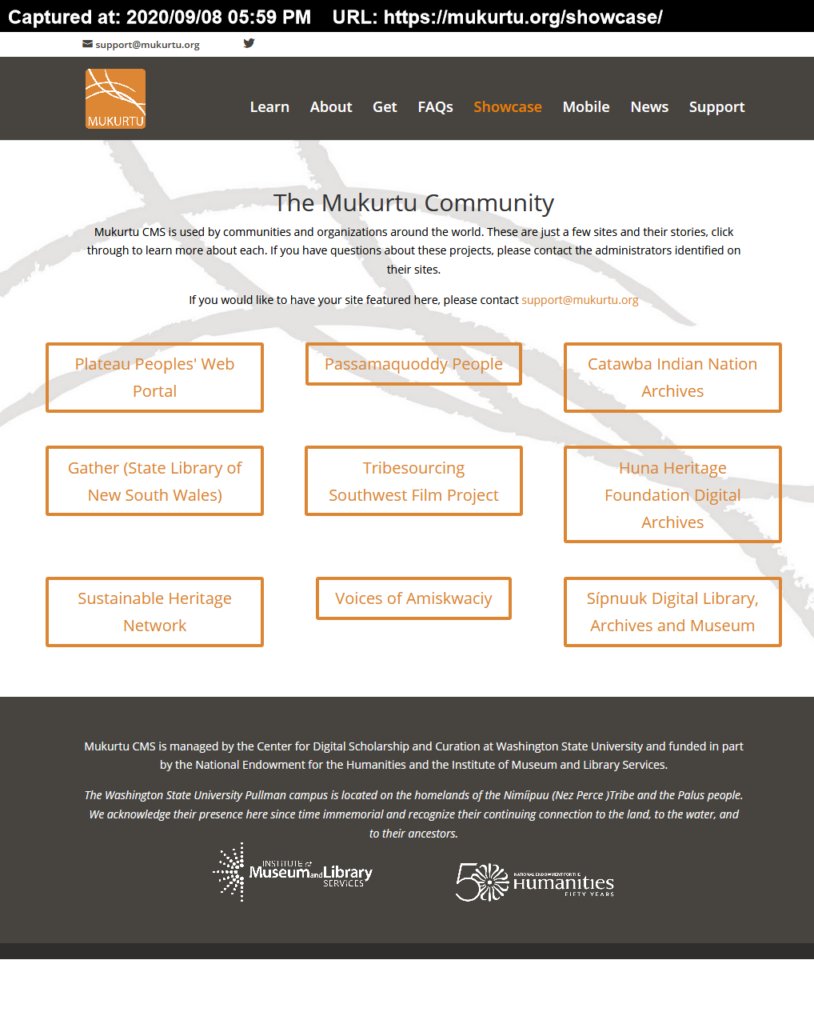Given the pernicious uses to which maps have been put throughout the millennia, perhaps in the long run they are more of a liability than a benefit. It is one thing for map makers to abuse the inherent distortions resulting from reducing a three dimensional space onto a two dimensional surface, which Mark Monmonier argues in How to Lie with Maps necessitates a basic competency in map literacy. It is another thing for people to use maps in the project of violent empire building and the wielding of power though hegemonic ideologies that naturalize otherwise strange notions of empire, nation-state, national sovereignty, and territorial nationalism. Was not the map a key tool, along with seafaring technologies, in the establishment of the Madeira sugar plantations by the Portuguese during the early 1400s, setting the stage for 400 years of arguably the gravest loss of life and human suffering ever experienced in the history of the species? Yarimar Bonilla, Max Hantel, and Mayukh Sen address the painful consequences of map making when placed in the hands of either brutalizing conquistadores of the Caribbean, fixated on territorial obsessions of self-serving sovereignty, or 21st century tech companies which, while offering globally available satellite-to-street-level detail to the privileged, supply blurry ground-level images of regions inhabited by a large part of the world’s population.
Yet despite the risks and the dangers, also shared with many if not all technologies, maps continue to be a part of the pursuit of collective emancipation, personal autonomy, and the flourishing of human beings. As a way of understanding and organizing geographical space, arguably the most fundamental of all dimensions of this particular universe (at least), maps have enabled the increase of knowledge of the world and as a result the expansion of the human mind. Perhaps in the same way Stephen Ramsay and Geoffrey Rockwell argue that computers represent conceptual models, maps similarly help us model relationships arising from spatial experience, resulting in topologies of geographic knowledge that serve as gateways to unbounded understanding (Ramsay and Rockwell 2012). The world mapped as a globe with its imaginary representation of humanity must count as a key image of the humanistic tradition. Perhaps the emancipatory power of maps is greater than the power of information itself, reflecting a mental computer in which spatial algorithms execute logic that translates scale, projection, and symbolization and resolves generalizations of point, line, and area symbols.
While maps help to enforce ideologies and the world-making experiences of dehumanizing difference, they offer–despite significant omissions, over simplifications, and distortions identified by Bonilla and Hantel in “Visualizing Sovereignty”–important moments and opportunities for counter hegemonic resistance (Bonalla and Hantel 2016). A look at a map of México before the 1846 US Intervention (La Intervención Estadounidense en México, known in the US as the Mexican-American War) evokes irony-laden chistes (jokes) that the gringo not only invaded lands inhabited by Spanish speaking people, but that even today those lands are still culturally bound to Mexico and Spain regardless of any imperial promulgations to the contrary. Similarly the ease of making maps with map making software has helped community historians remap, recover, and decolonize indigeneity. Maps now abound throughout the Internet of Native American homelands labeled by their indigenous names, such as maps of homelands of the Lenape who lived in Lenapehoking, an area later labeled New Jersey, southeastern New York State, eastern Pennsylvania, northern Delaware, and southeastern Connecticut. Perhaps because the ontological and performative act of naming, labeling, vocabulary building, and semantic marking (space and territory) in some sense represents the most powerful act of authority before the use of physical force, digital maps could very well be the most powerful of all digital technologies. Maps arguably enable the complete colonization of the mind once the colonizer succeeds in expropriating mental labor to make semantic inventories. The emergence of mind maps and mind mapping software and their incorporation into agile software and organizational “brainstorming” processes suggests that mapping in various ways continues to enable the opening of markets and channels of resource and wealth extraction begun by map making and empire building Renaissance Europeans.
How can we make digital maps and engage in digital map making in ways that do not recapitulate processes of exclusion? As with other practices in digital technologies, an adherence to the values enumerated by Lisa Spiro (openness, collaboration, collegiality and connectedness, diversity, experimentation) offers a starting point (Spiro 2012). The self-assessment, self-reflexivity, and auto-critical analysis of Bonalla and Hantel, in which they delineate the shortcomings and the iterative, fail-fast processes of their map making of the Caribbean, offers a path toward the prevention of harm (Bonalla and Hantel 2016). Perhaps most importantly of all would be the process discussed and experienced in our last class: a commitment to a digital praxis of care that takes into account transgressive imaginaries, assemblages, fragmentary pasts and futures, diaspora-recovery, rescue, the violence of the academy, and the communication of already known understandings to the rest of civil society. Less importantly in terms of theory, digital theory perhaps finds a caring path not so much through Vincent Leitch’s Renaissance of Theory (Leitch 2005) as through an extension of Marquis Bey’s Black and ungendered fugitivity, in which safe refuges are built by academic fugitives in the diasporas of interdisciplinary borderlands where the neoliberal university does not dare venture (Bey 2019).
Works Cited
Bey, Marquis. 2019. Them Goon Rules: Fugitive Essays on Radical Black Feminism. Tucson: University of Arizona Press.
Bonilla, Yarimar and Max Hantel. 2016. “Visualizing Sovereignty: Cartographic Queries for the Digital Age” in sx archipelagos, International Small Axe Project. Accessed September 12, 2020. http://smallaxe.net/sxarchipelagos/issue01/bonilla-visualizing.html.
Leitch, Vincent B. 2005. “Theory Ends” in Profession, 122-28. Accessed September 12, 2020. http://www.jstor.org/stable/25595805.
Monmonier, Mark S. 1991. How to Lie with Maps. Chicago: University of Chicago Press.
Ramsay, Stephen and Geoffrey Rockwell. 2012. “Developing Things: Notes toward an Epistemology of Building in the Digital Humanities” in Debates in the Digital Humanities edited by Matthew K. Gold. Minneapolis, MN: University of Minnesota Press. Accessed September 12, 2020. https://dhdebates.gc.cuny.edu/read/untitled-88c11800-9446-469b-a3be-3fdb36bfbd1e/section/c733786e-5787-454e-8f12-e1b7a85cac72#ch05.
Sen, Mayukh. 2017. “Dividing Lines. Mapping platforms like Google Earth have the legacies of colonialism programmed into them” in Real Life. Accessed September 12, 2020. https://reallifemag.com/dividing-lines/.
Spiro, Lisa. 2012. “This Is Why We Fight’: Defining the Values of the Digital Humanities” in Debates in the Digital Humanities edited by Matthew K. Gold. Minneapolis, MN: University of Minnesota Press. Accessed September 12, 2020. https://dhdebates.gc.cuny.edu/read/40de72d8-f153-43fa-836b-a41d241e949c/section/9e014167-c688-43ab-8b12-0f6746095335#ch03.







